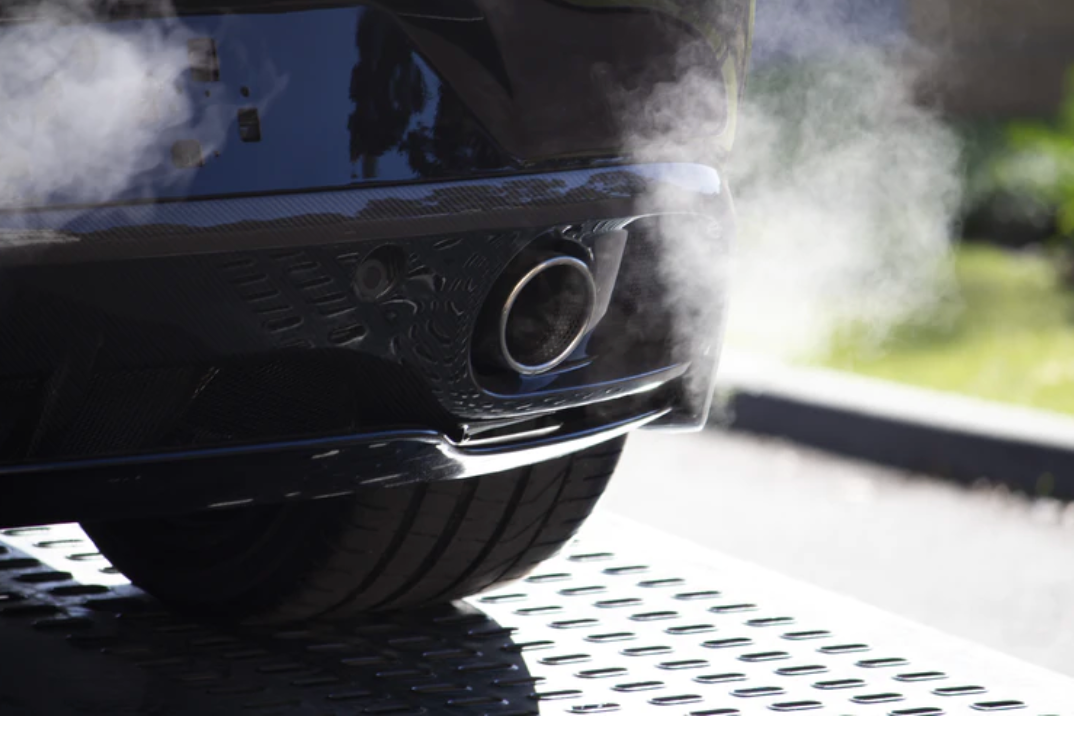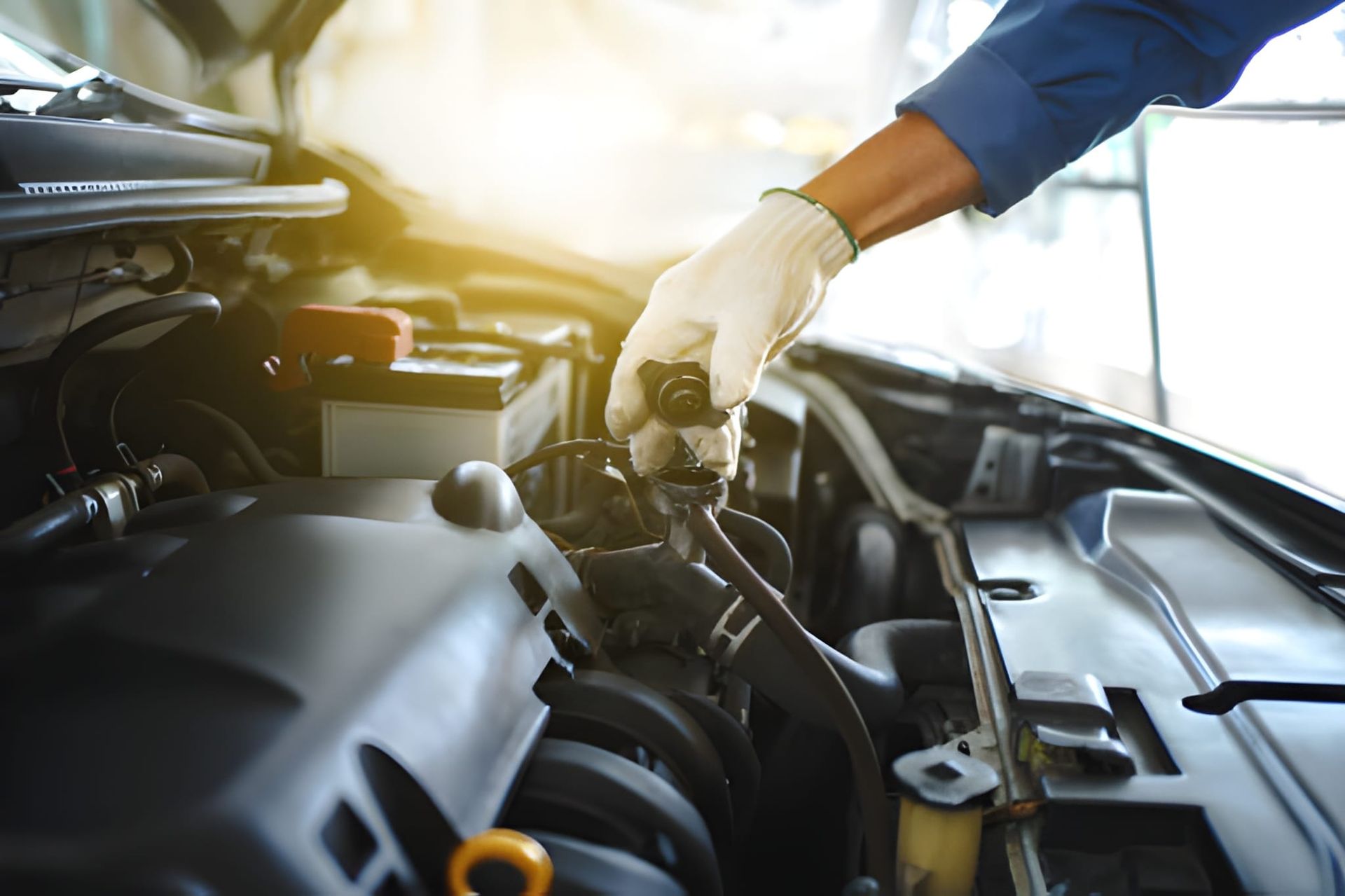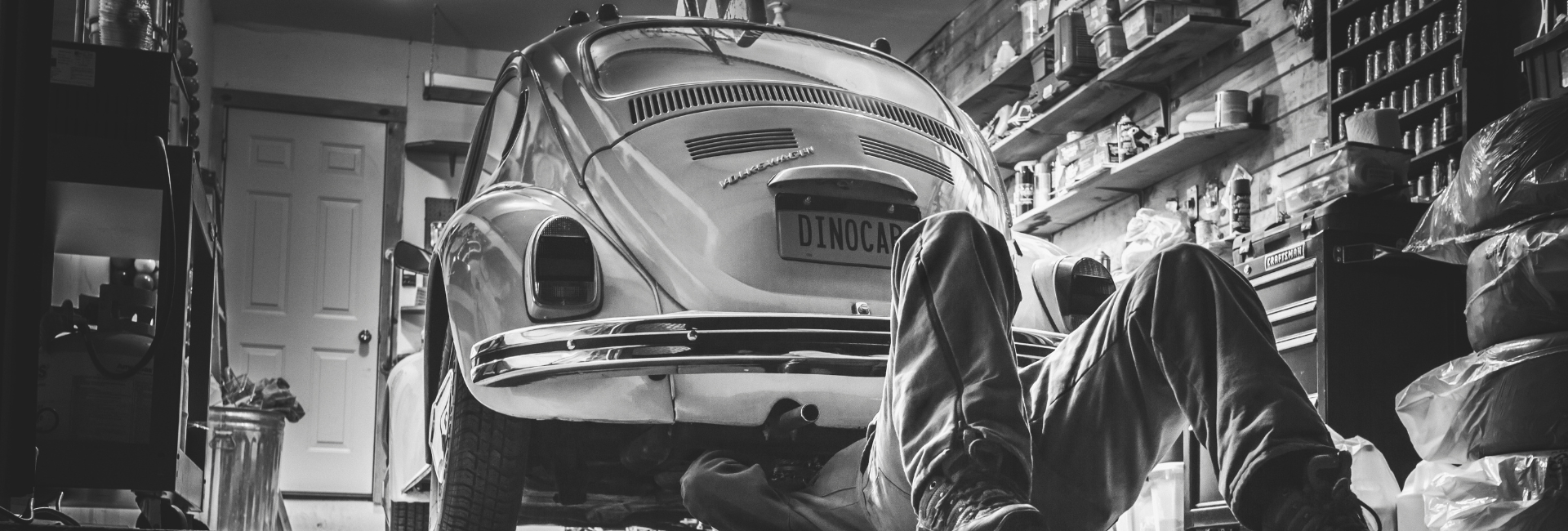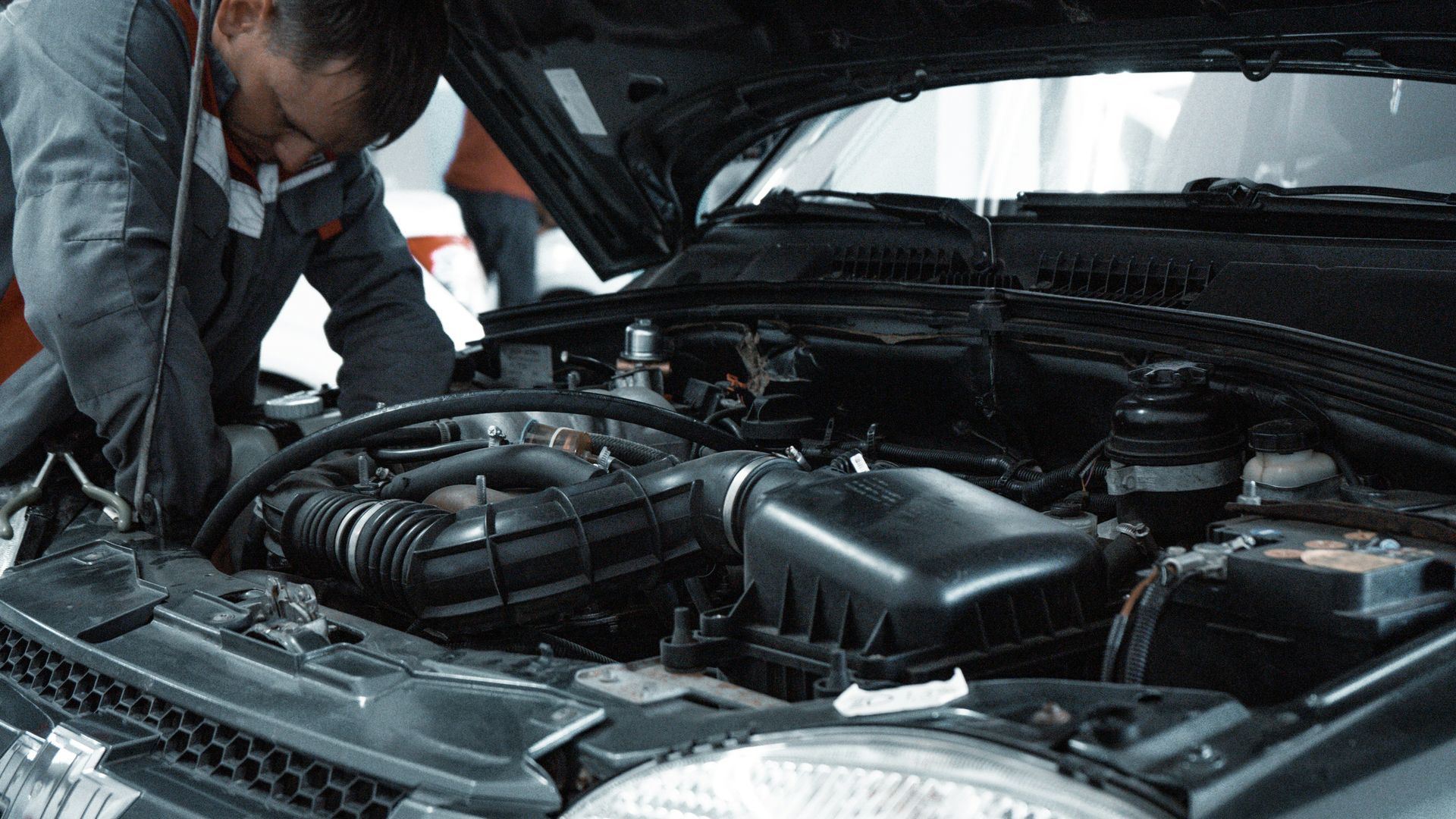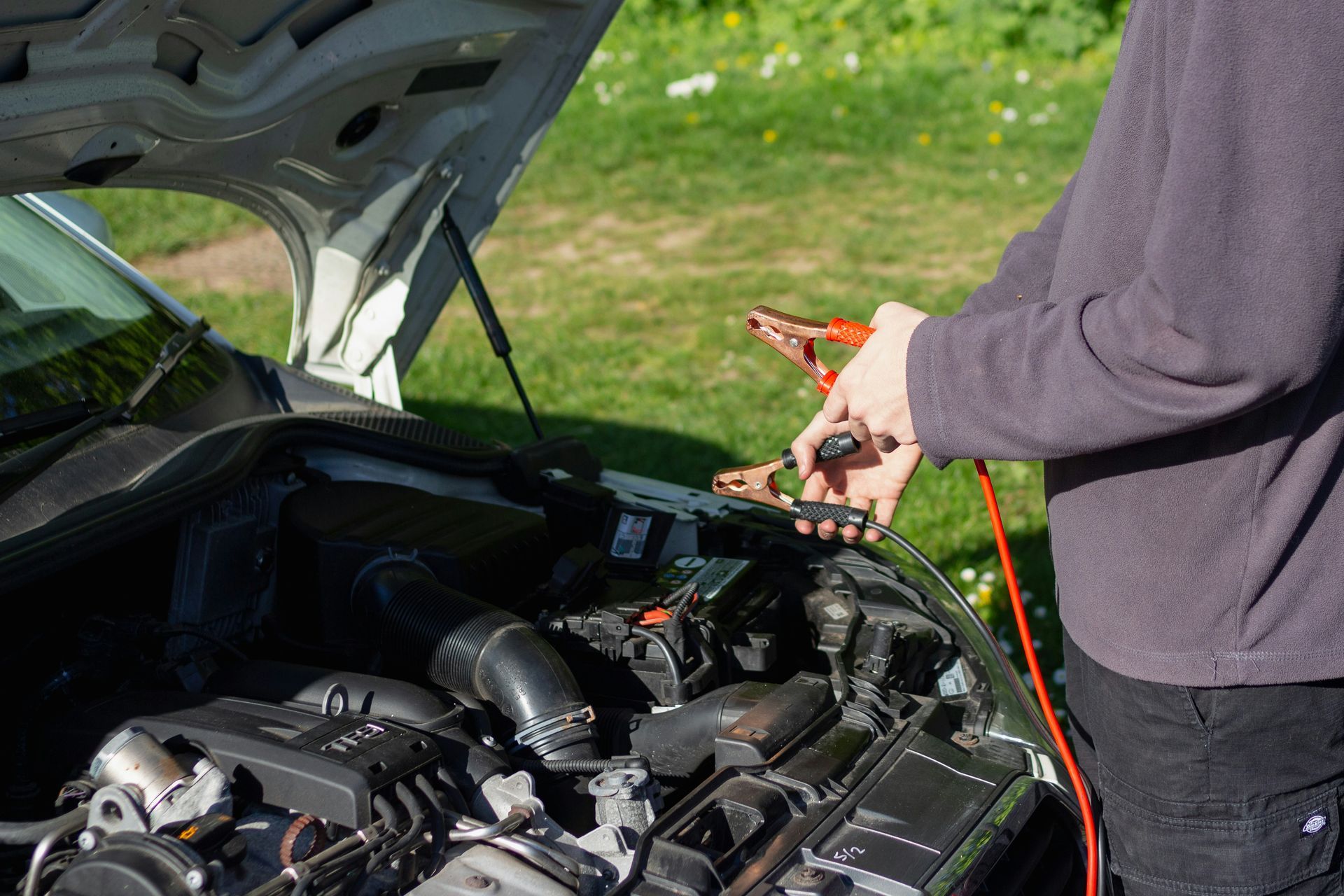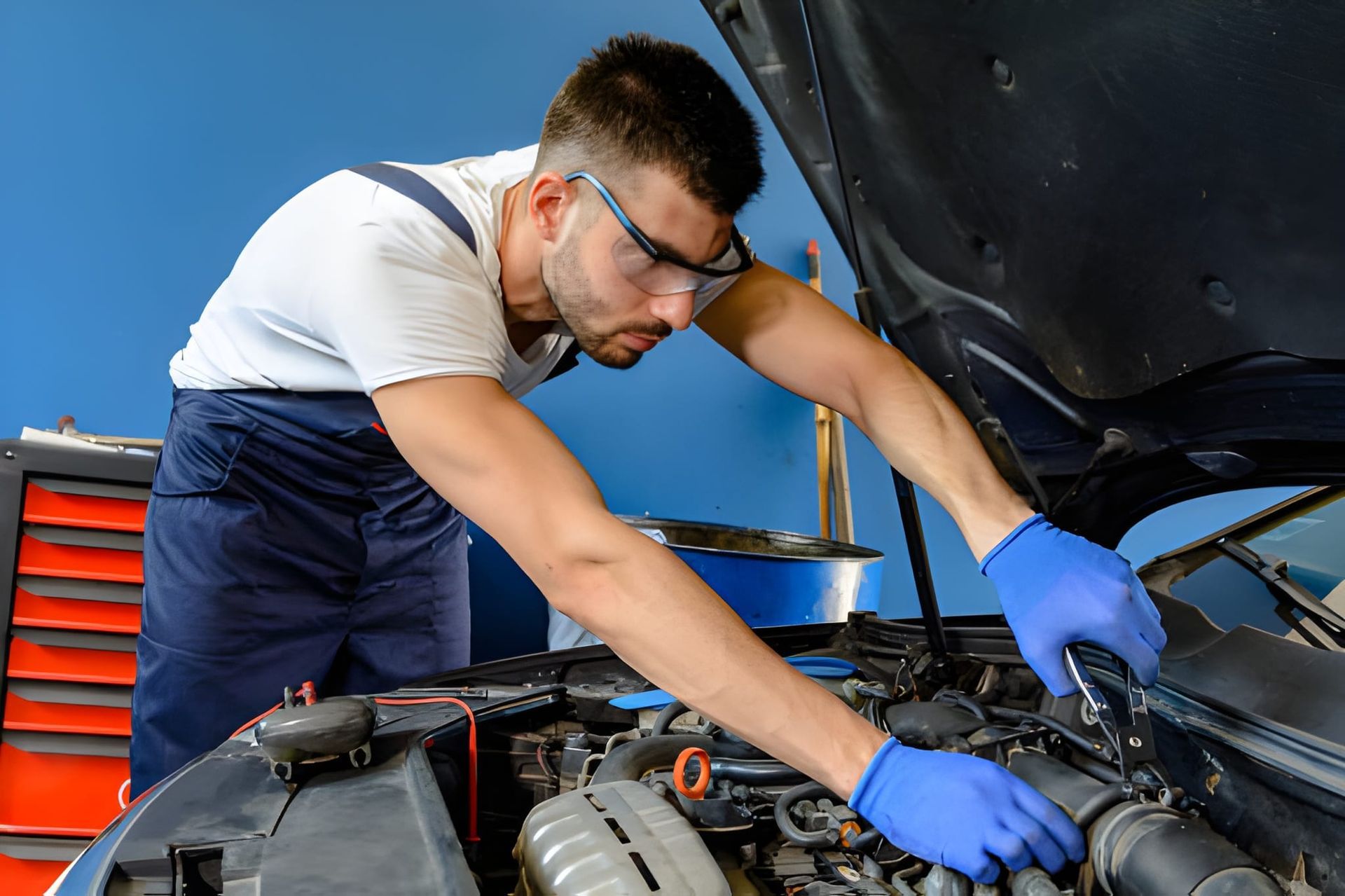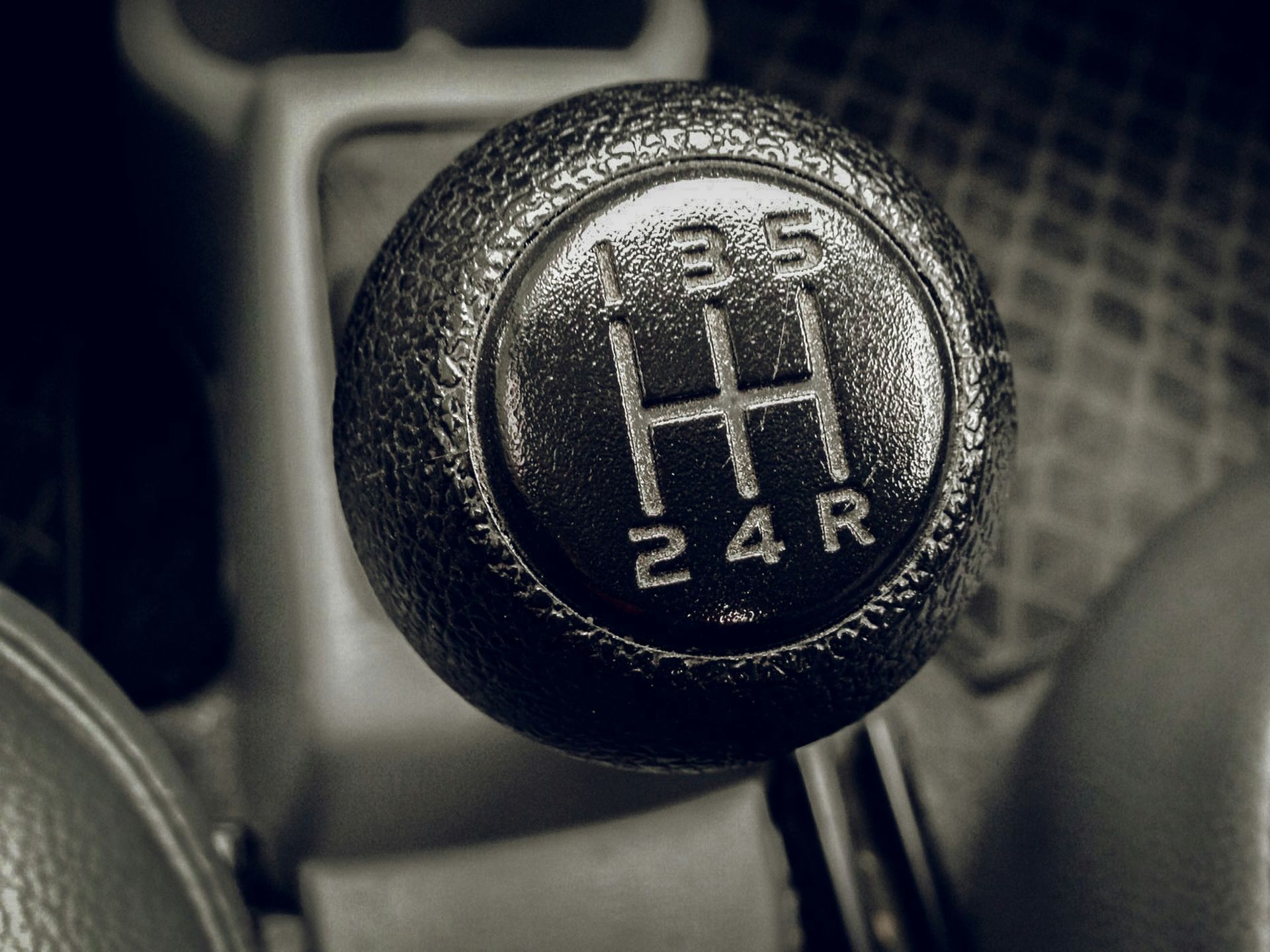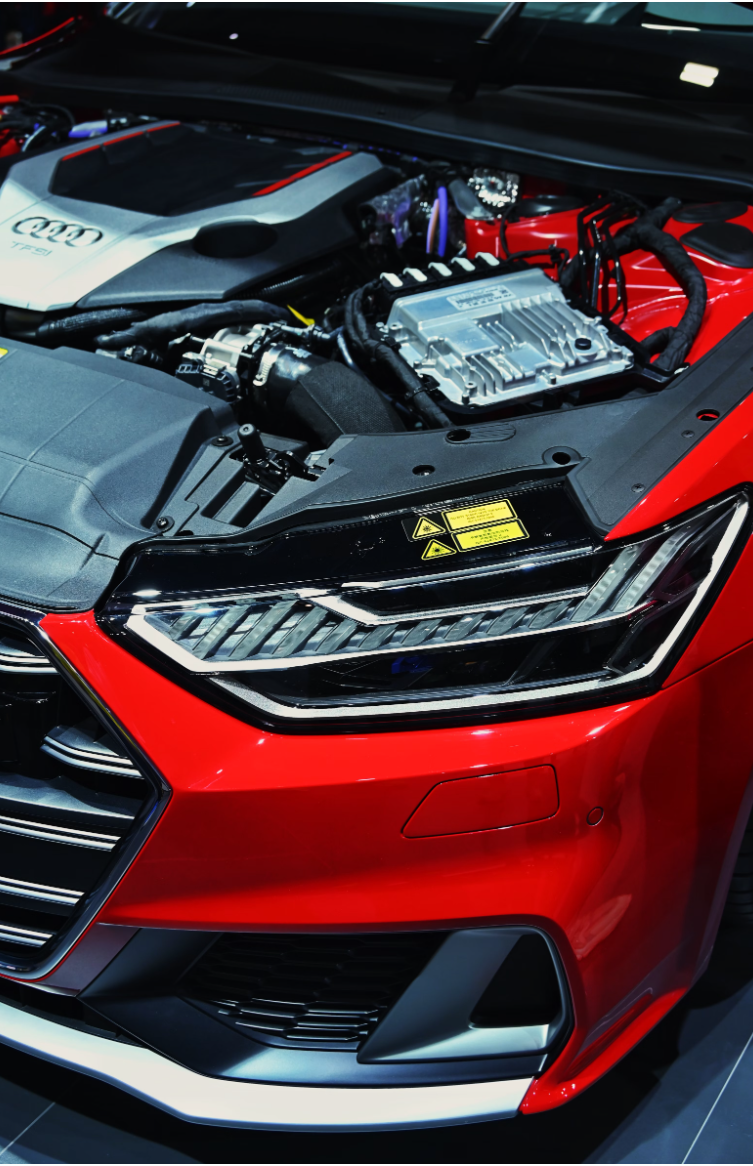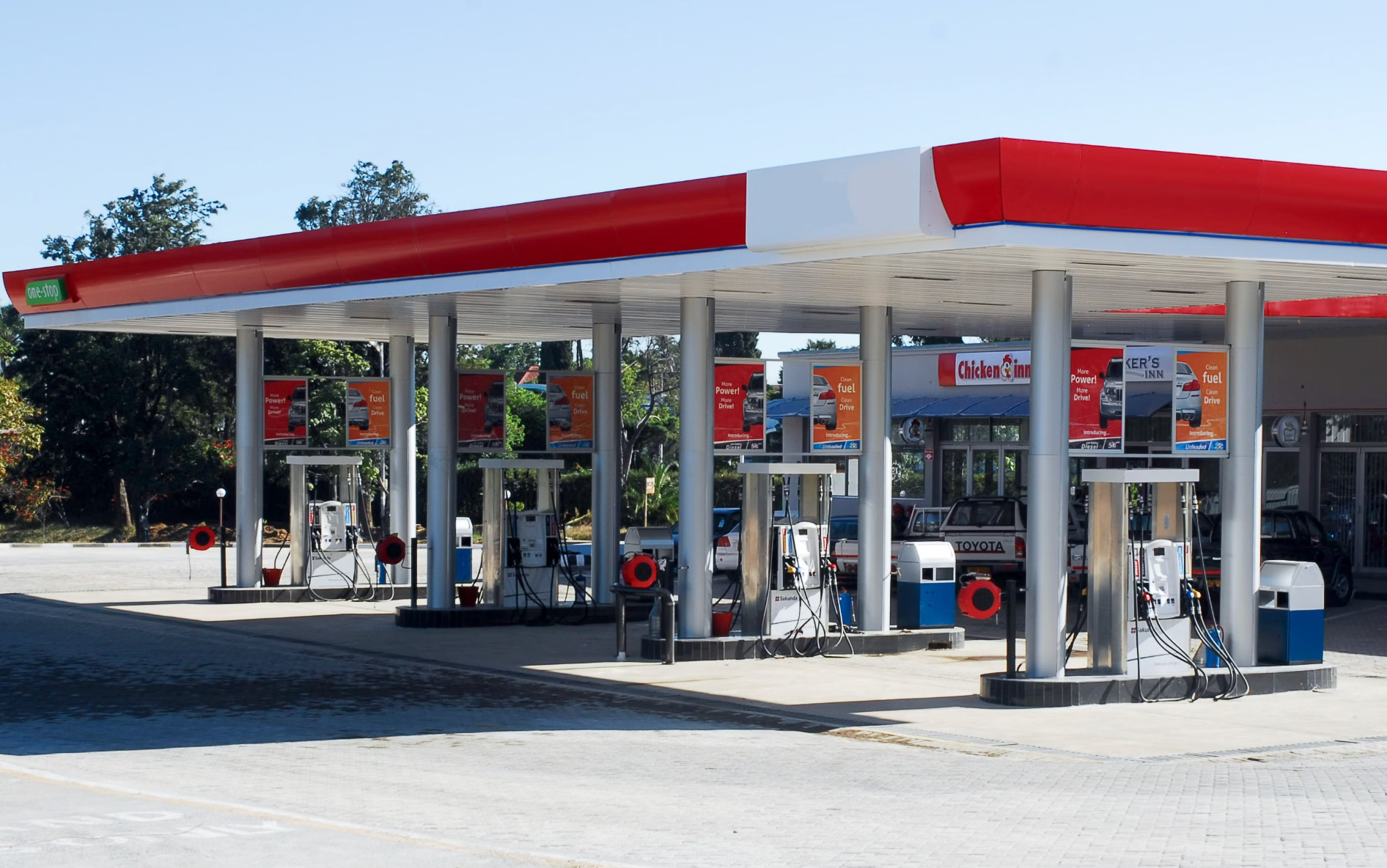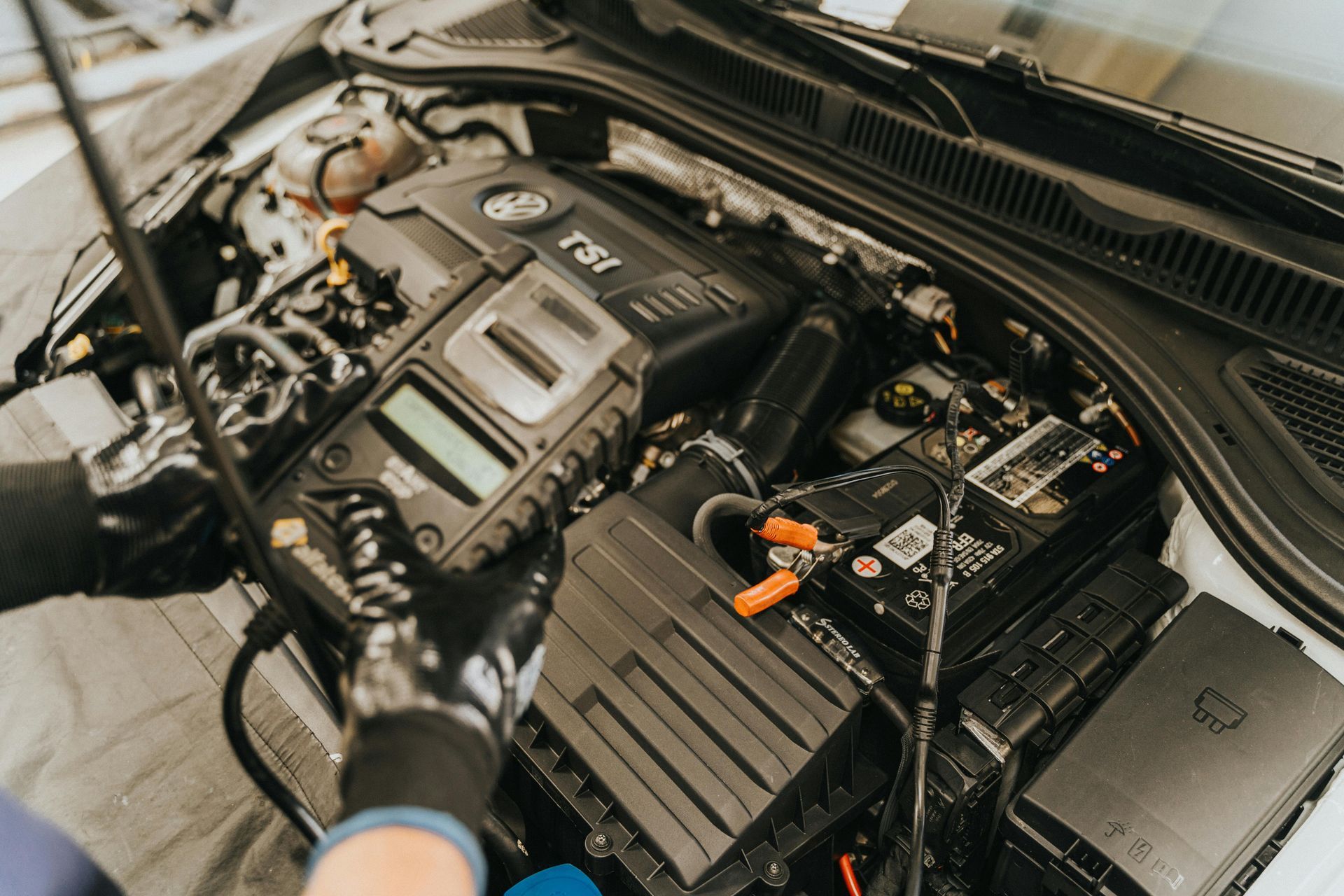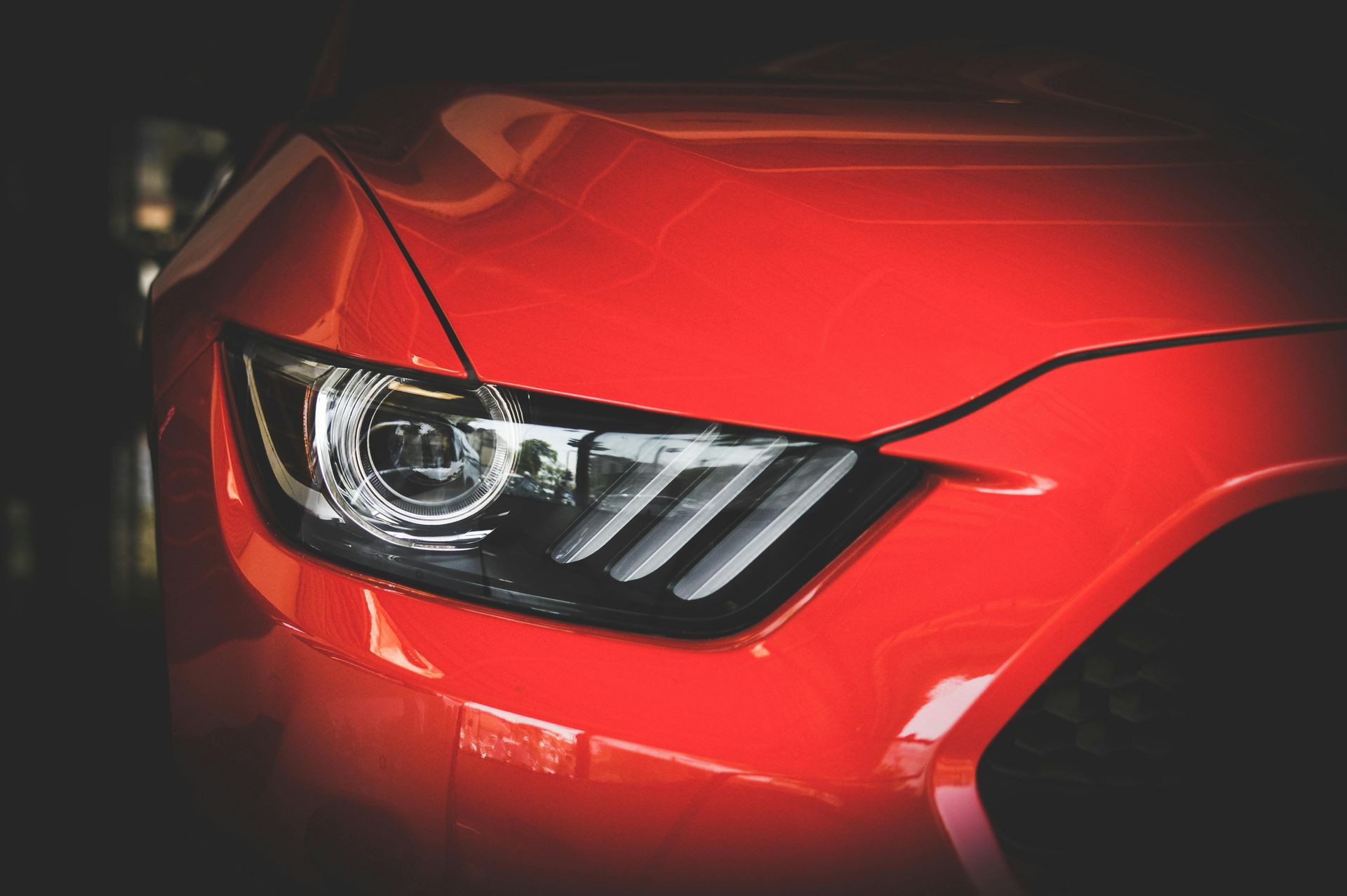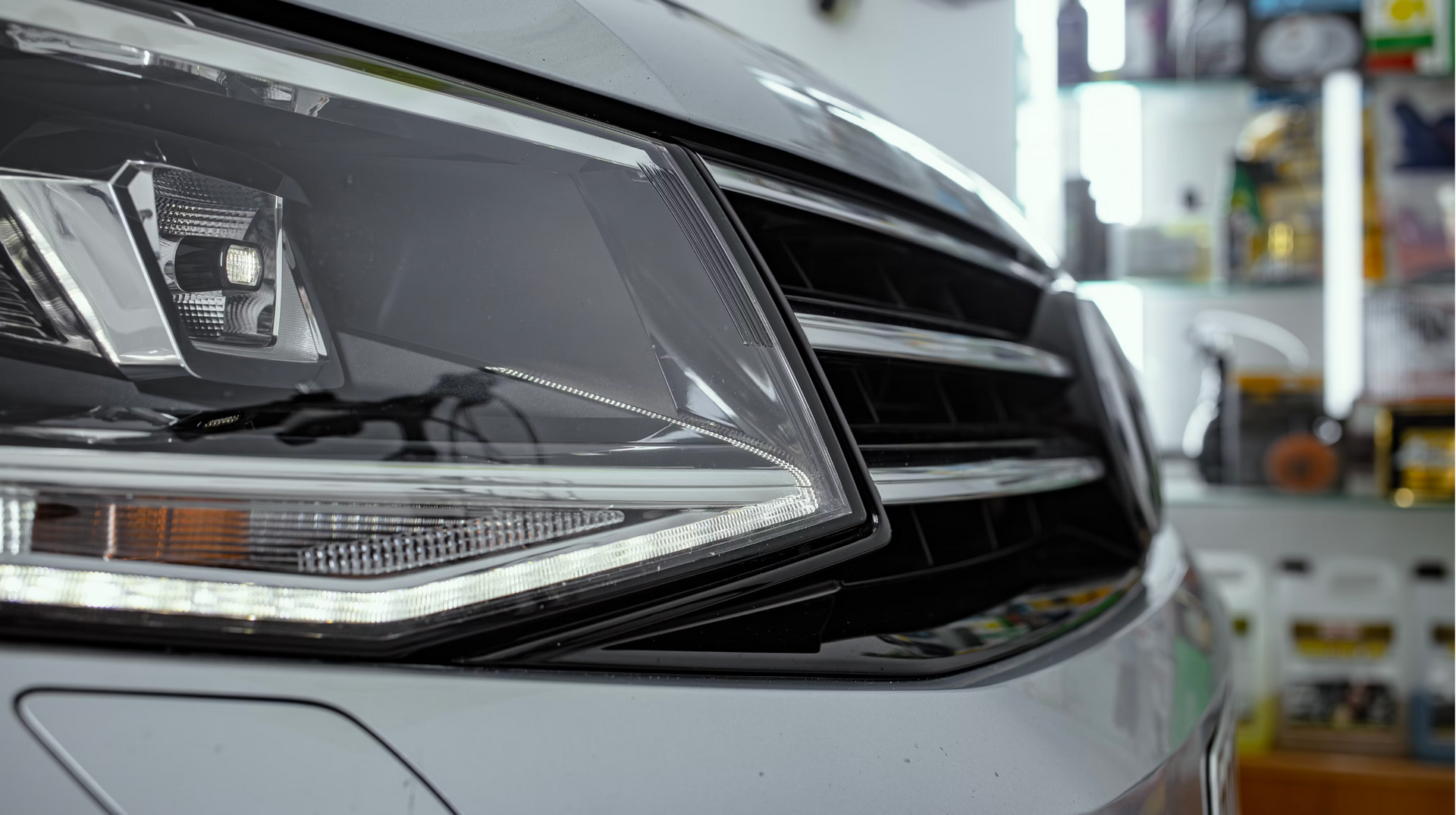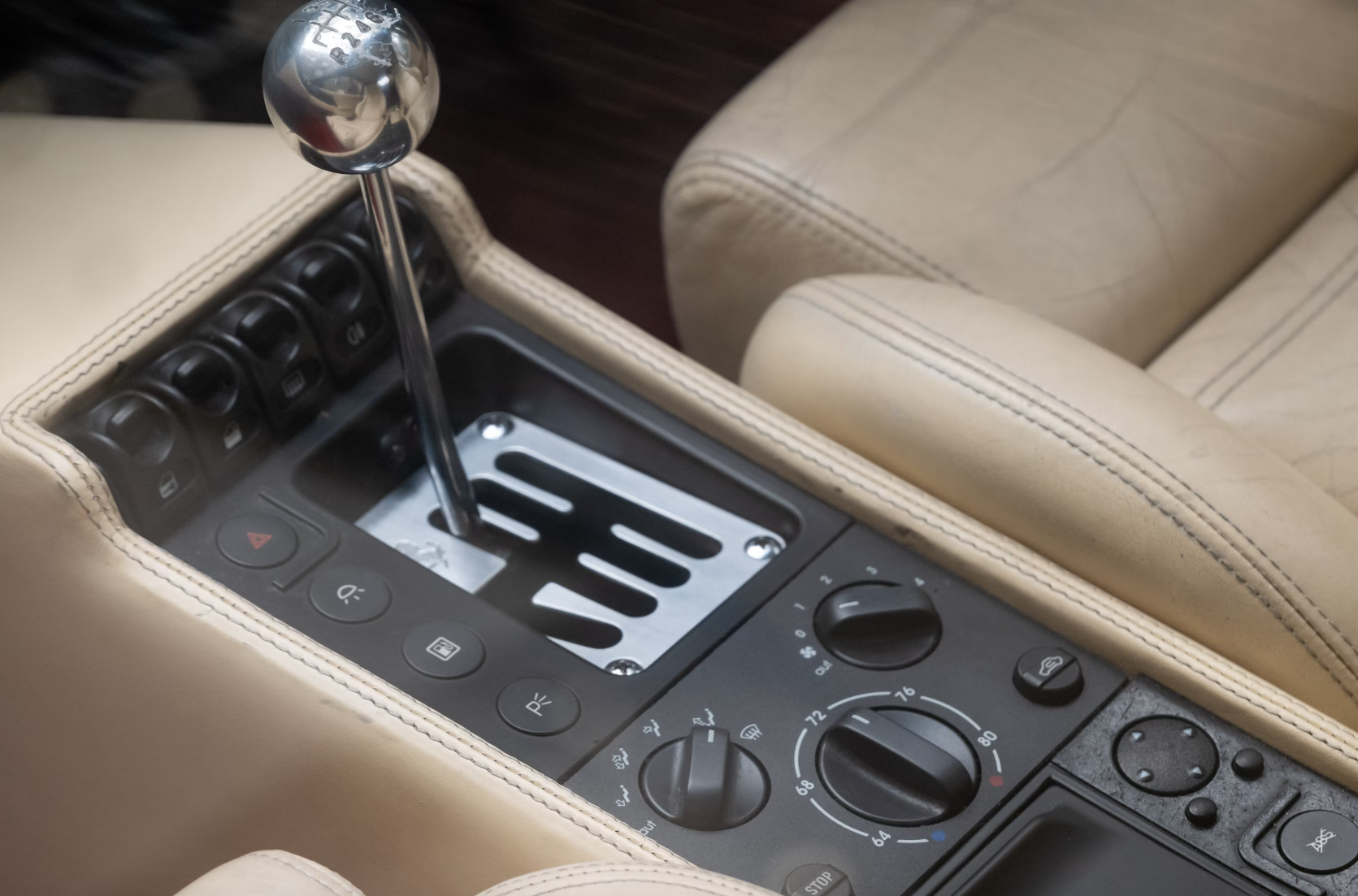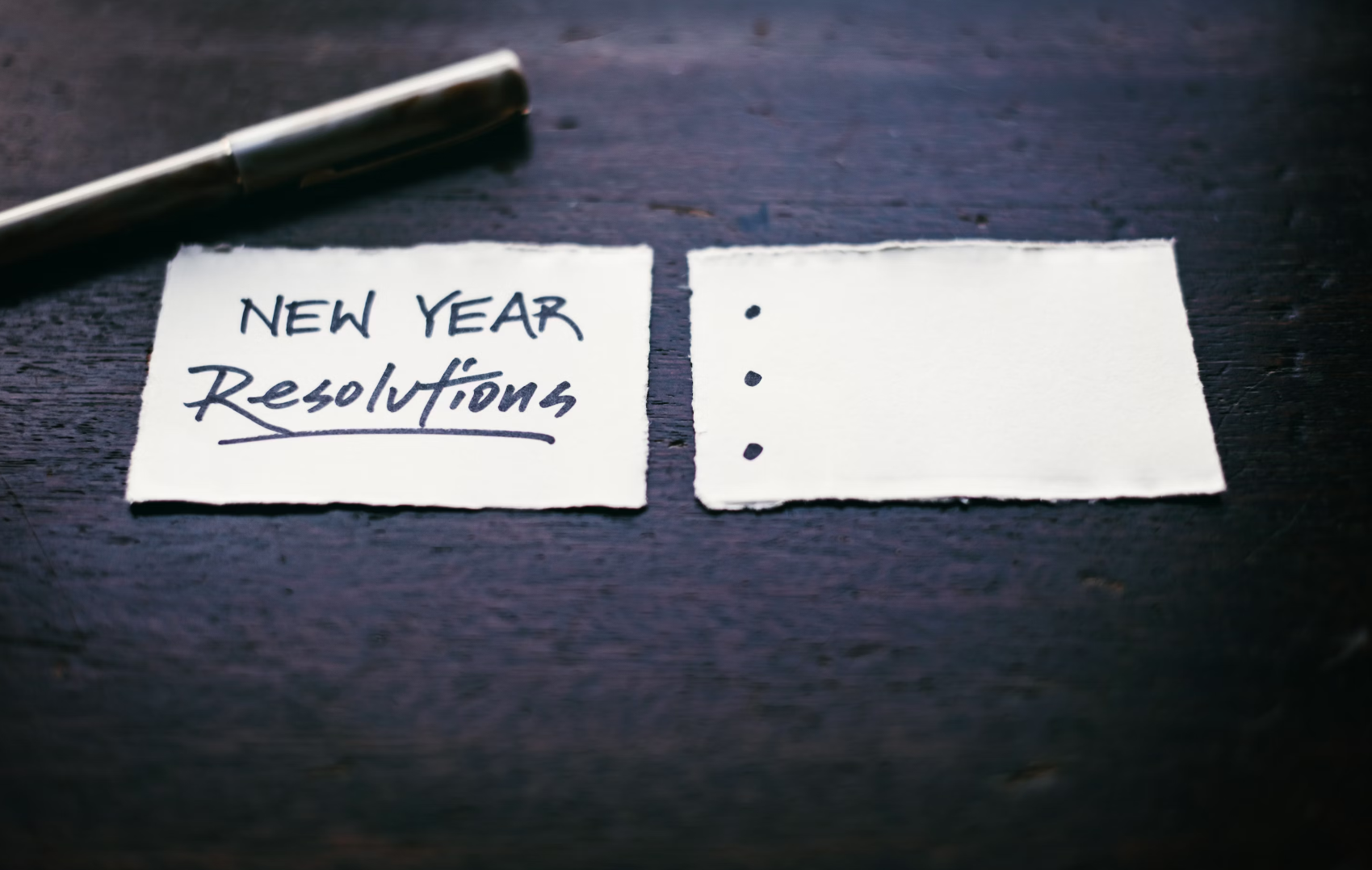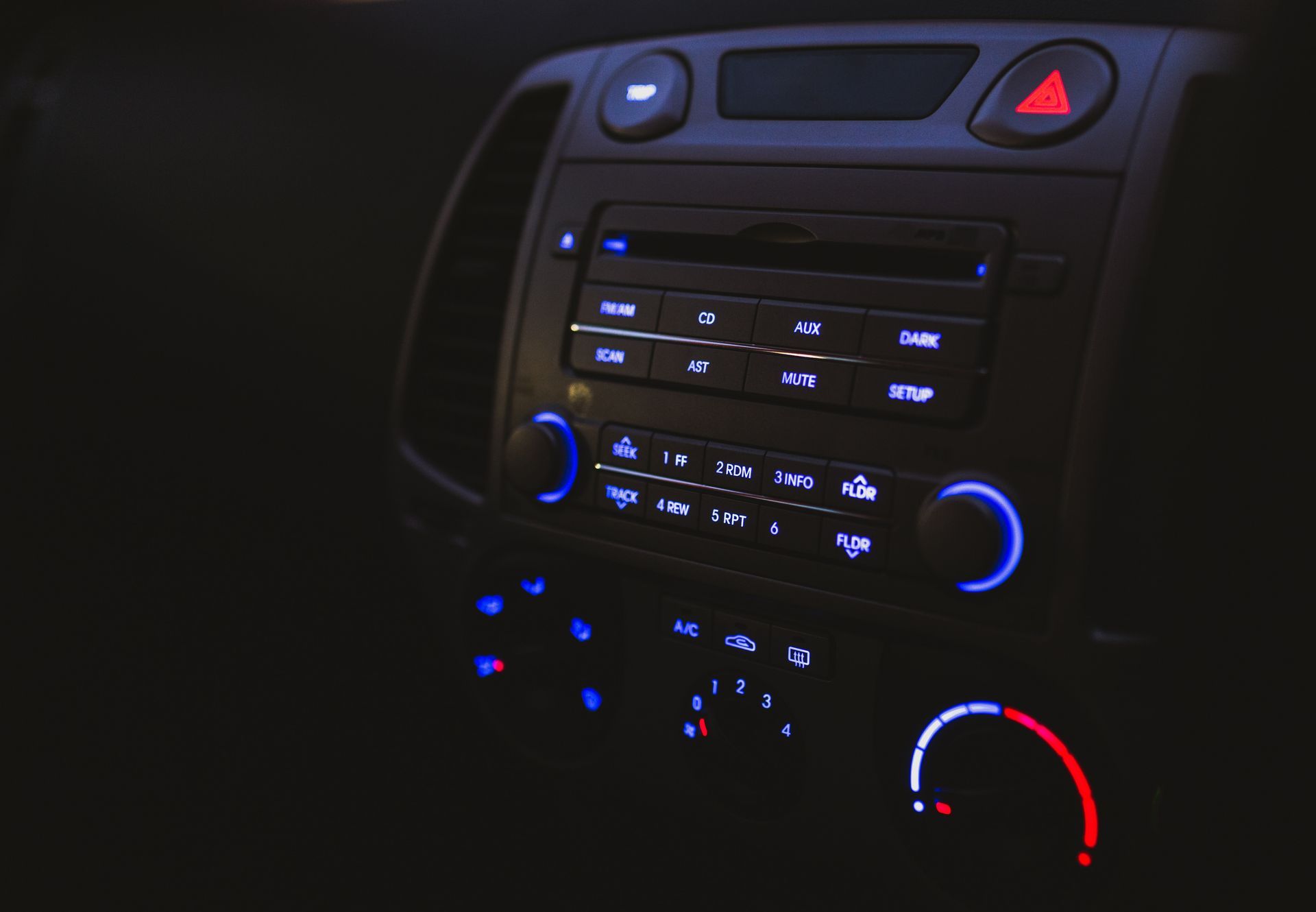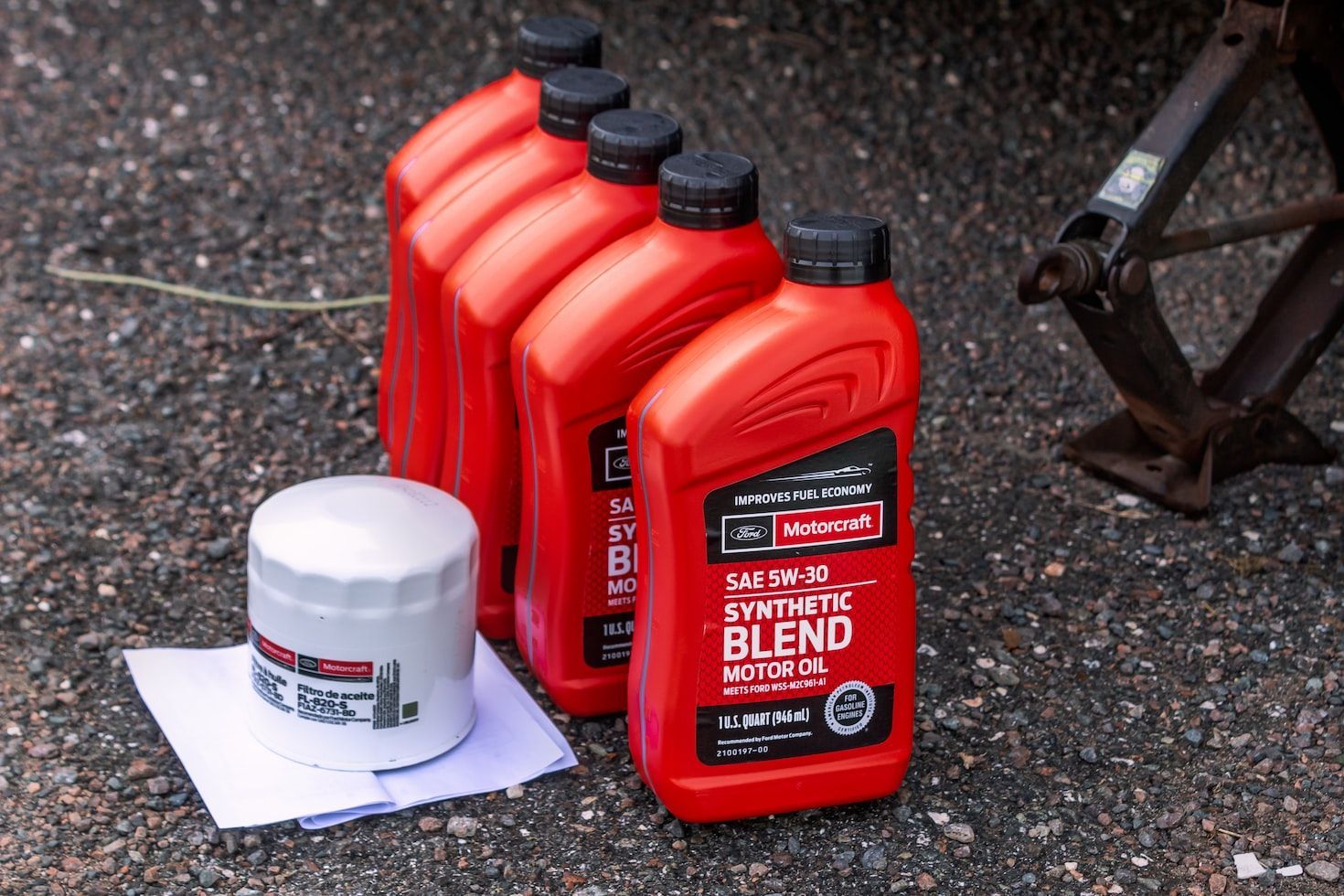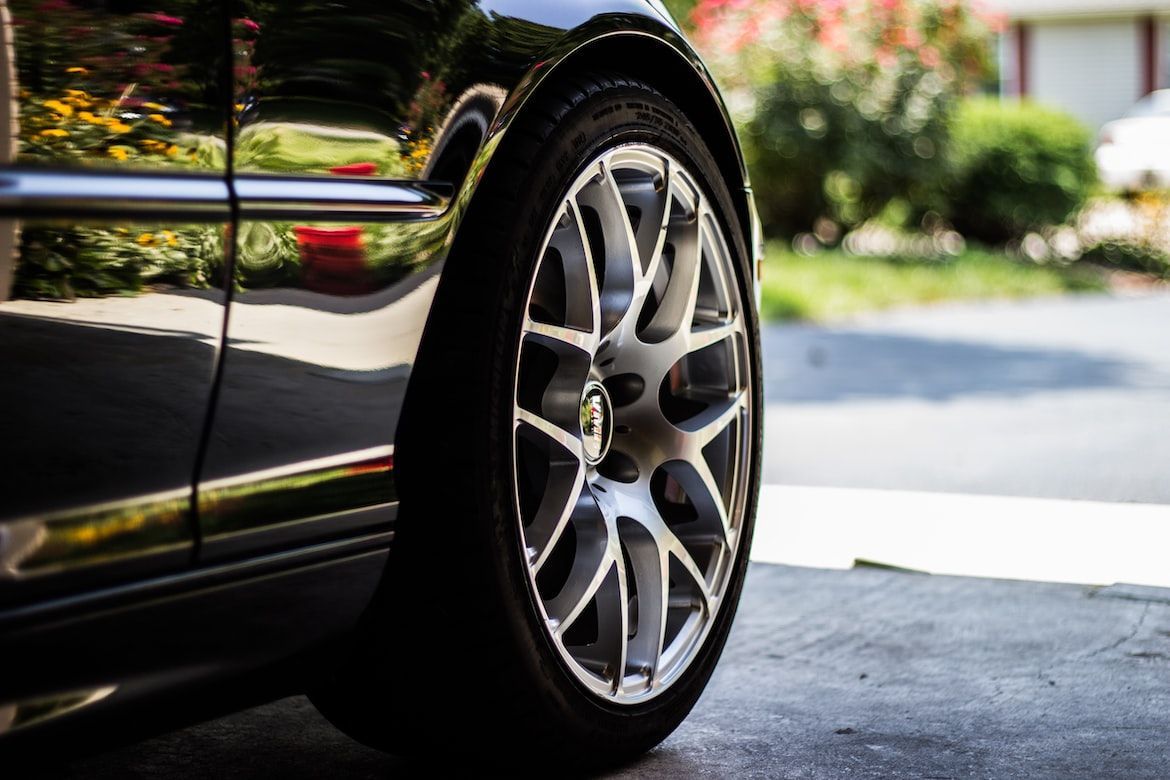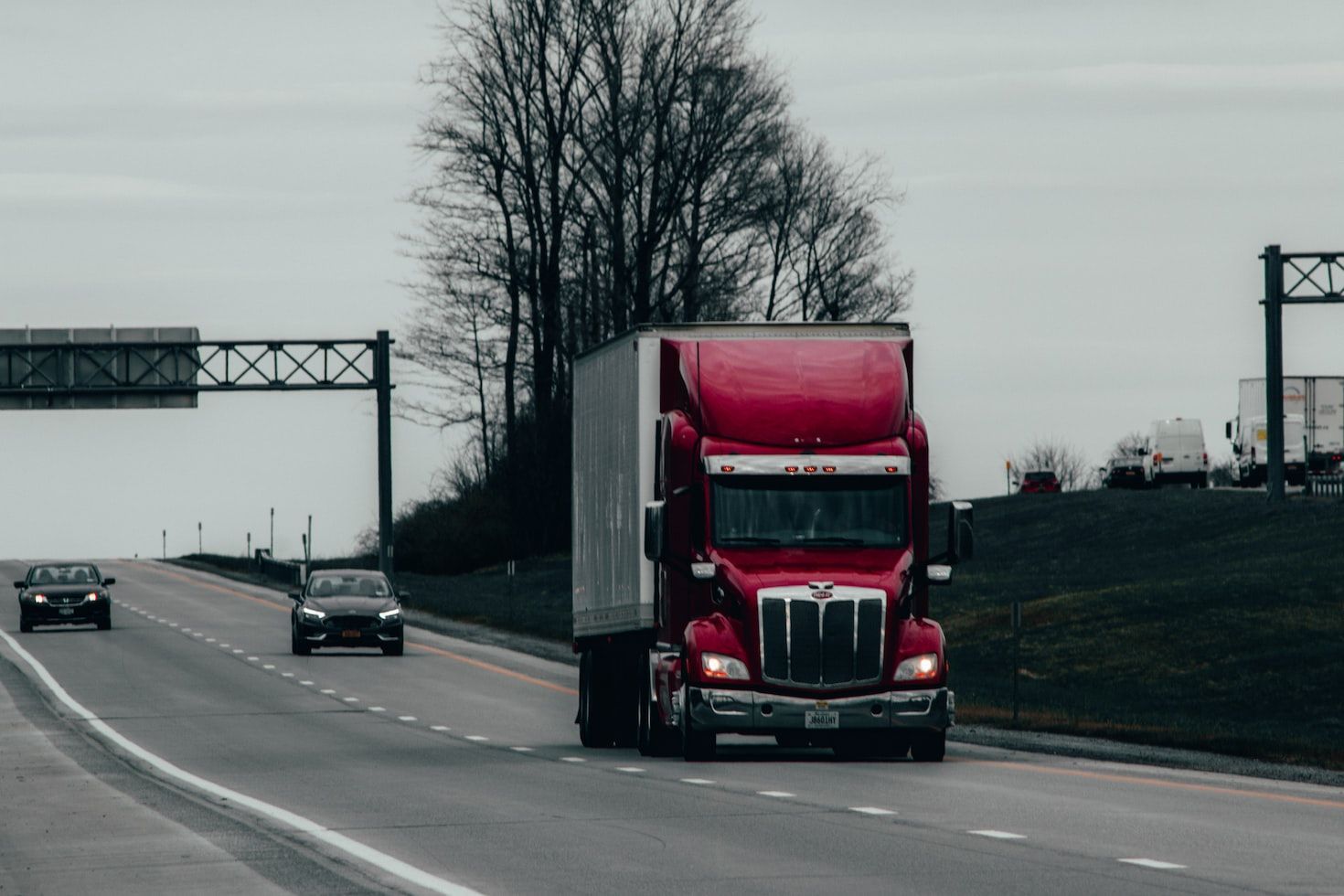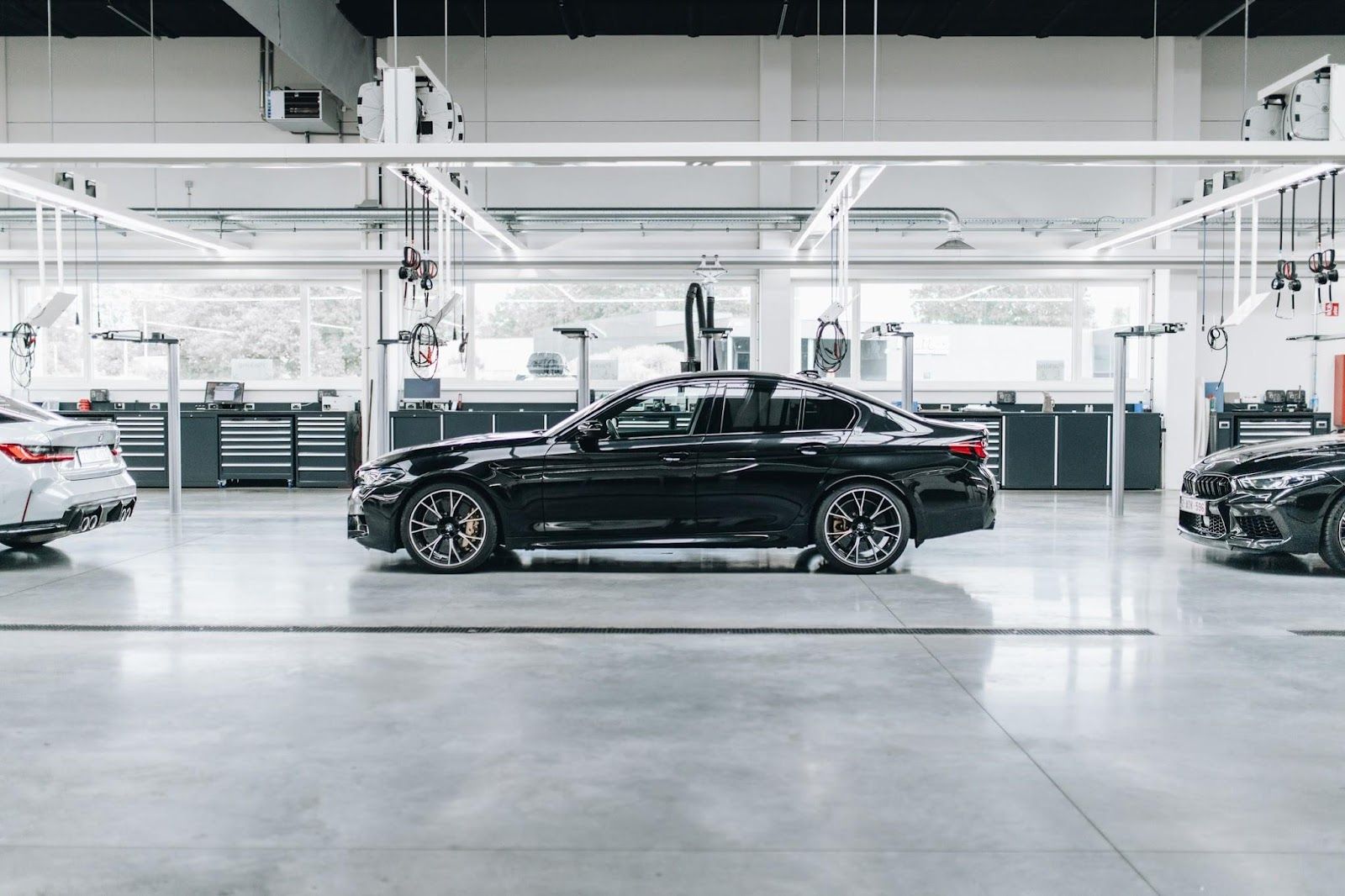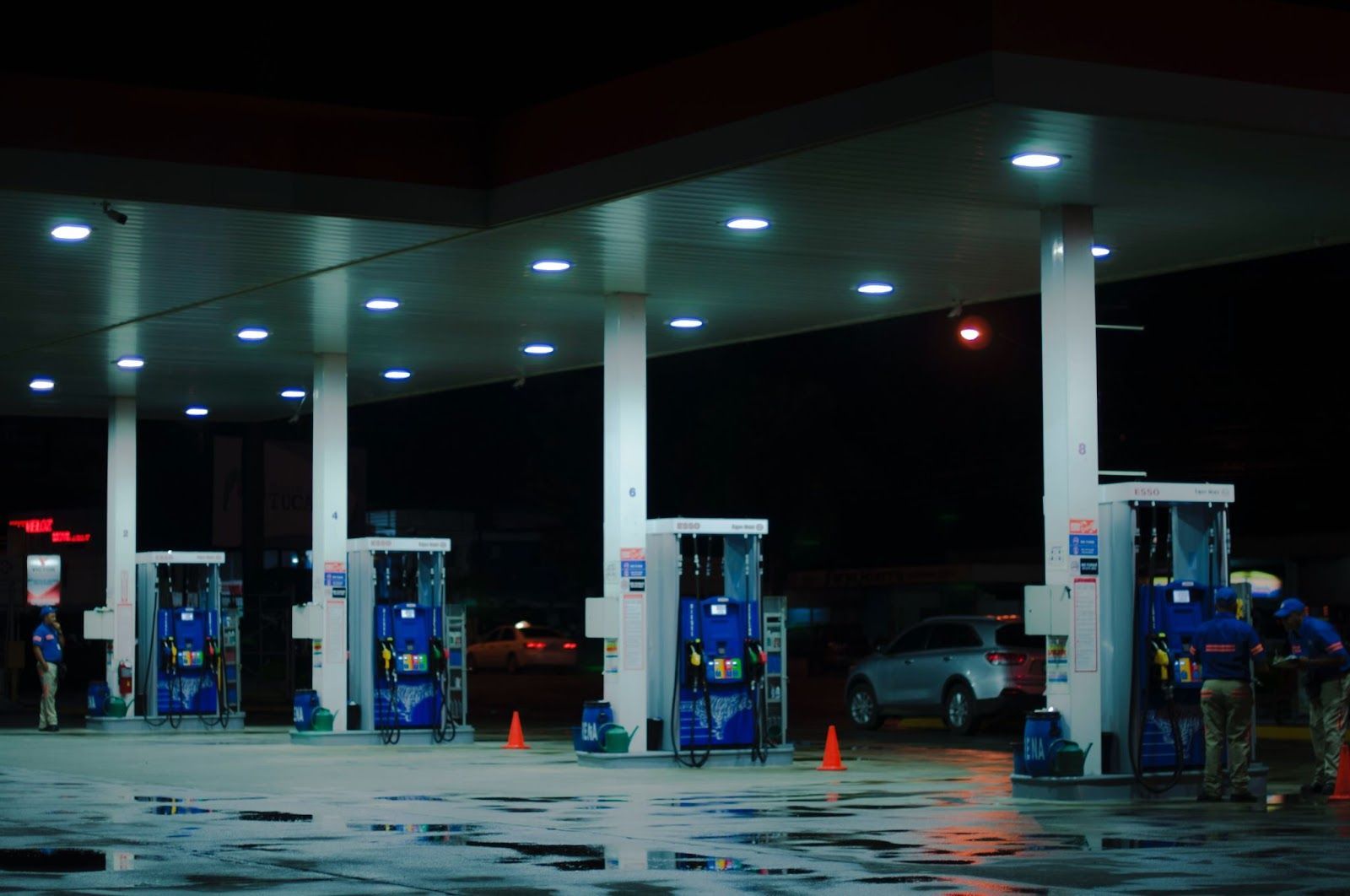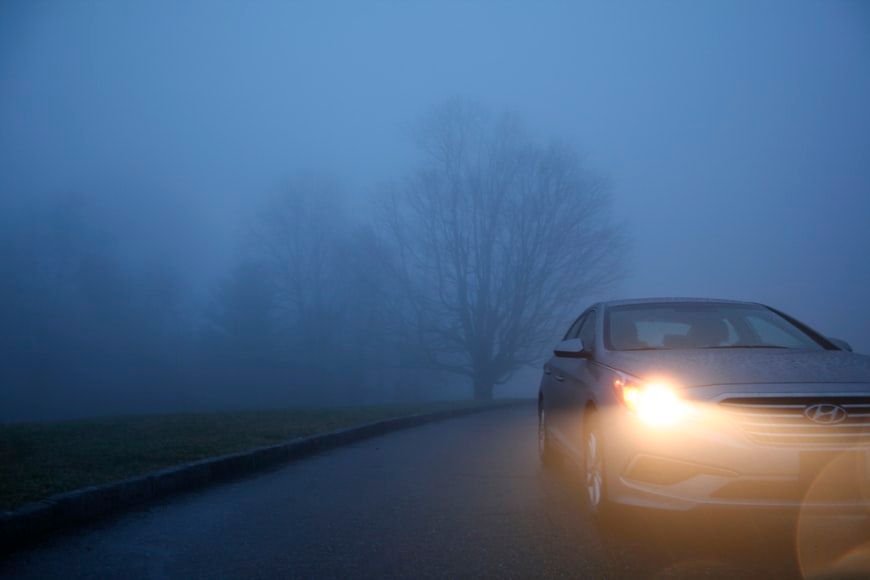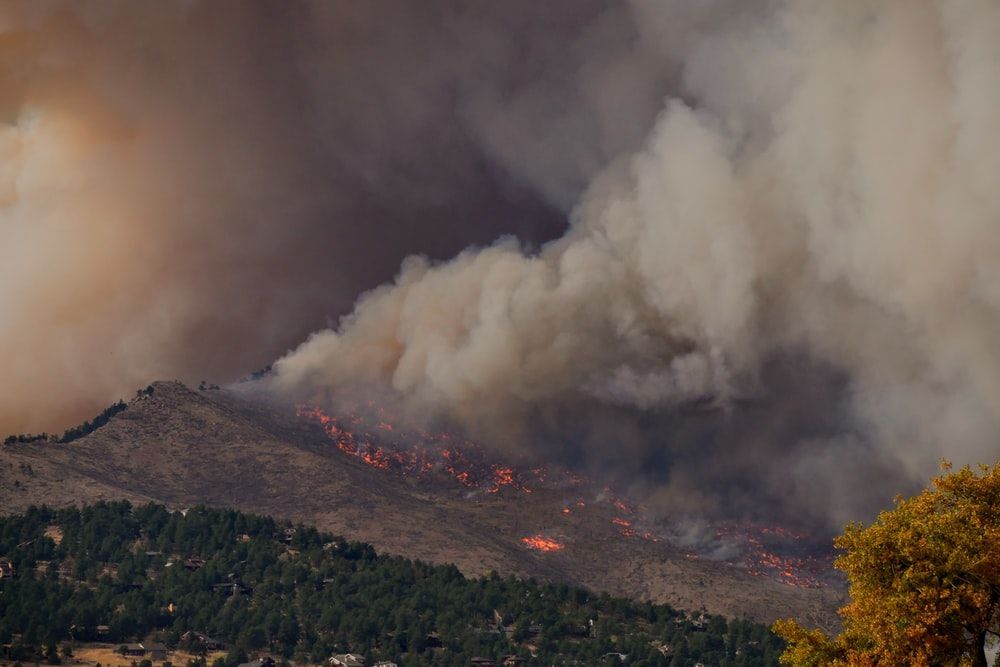By Dave Kusa
•
August 31, 2025
As summer transitions into fall and the days grow shorter, it’s the perfect time to prepare your vehicle for the cooler months ahead. At Autotrend Auto Repair in Campbell, CA, we believe that proper fall car care goes beyond just comfort—it’s about ensuring your car performs optimally, preventing costly repairs, and enhancing the longevity of your vehicle. Fall car maintenance is essential to ensure you’re ready for rainy days, colder temperatures, and other challenges that come with the season. Here are key steps to take now to keep your car running smoothly throughout the fall. 1. Battery Check Before the Cold Weather Hits When the weather cools down, your car’s battery can be put to the test. Cold temperatures can significantly reduce the battery’s capacity, especially if it’s older. A weak or failing battery may not give any warning signs until it’s too late, leaving you stranded in the morning rush. To avoid being left in a bind, it’s crucial to have your battery tested before the cold sets in. At Autotrend Auto Repair , we offer thorough battery testing to assess the current charge and overall health. If necessary, we’ll replace your battery to ensure your vehicle starts reliably each time you get behind the wheel. Why It Matters: Without a healthy battery, your vehicle may have trouble starting during cold mornings, especially if your car has been sitting idle overnight in lower temperatures. Proactive battery maintenance can help you avoid inconvenient surprises and ensure your vehicle is ready to start every time. 2. Tire Maintenance for Wet Roads Autumn often brings unpredictable weather, including wet and slippery conditions. Whether it's a morning drizzle or an afternoon downpour, your tires are the only contact your vehicle has with the road, making tire maintenance even more critical in the fall. Inadequate tread depth or improper tire pressure can drastically reduce your car's traction, leading to longer braking distances and a higher risk of hydroplaning. At Autotrend Auto Repair , we recommend performing a tire inspection at the start of the season. Our technicians will check the tread depth, ensure the tires are properly inflated to manufacturer specifications, and inspect them for any signs of wear or damage. We also offer tire rotations, balancing, and alignment services to ensure your tires provide optimal performance throughout the rainy season. Why It Matters: Well-maintained tires improve handling, braking efficiency, and fuel economy. Regular tire maintenance also helps prevent premature tire wear, saving you money on replacements in the long run. 3. Brake System Inspection The rainy season that accompanies fall makes effective brakes more important than ever. Wet roads can significantly reduce your stopping power, and it’s crucial that your brake system is in top condition to handle these changing conditions. If your vehicle’s brakes feel soft, you hear unusual noises when braking, or your stopping distance has increased, it’s time for an inspection. At Autotrend Auto Repair , we’ll inspect your brake pads, rotors, and brake fluid levels to ensure your brake system is functioning correctly. Worn-out brake pads, for instance, can significantly affect braking performance and, if not replaced in time, could cause damage to the rotors, leading to costly repairs. Why It Matters: Your brakes are one of the most important safety features in your vehicle, especially during inclement weather. Keeping them in optimal condition can help you avoid accidents and ensure safe driving in wet conditions. 4. Oil and Fluid Check One of the most essential and simplest ways to keep your vehicle running smoothly is by maintaining the correct oil and fluid levels. Fall is an ideal time to schedule an oil change and perform a comprehensive fluid check, as engine oil helps prevent friction, overheating, and damage to the engine. At Autotrend Auto Repair , we will change your oil and check the condition of essential fluids such as transmission fluid, brake fluid, coolant, power steering fluid, and more. We’ll top off all fluids to the proper levels and address any leaks or issues that could lead to bigger problems down the road. Why It Matters: Fluids help keep your vehicle’s engine and other essential systems working properly. By keeping your fluids topped off and changing them at the recommended intervals, you’ll ensure better engine performance, increased fuel efficiency, and a longer vehicle lifespan. 5. Check Your Cooling System Your vehicle’s cooling system is essential to preventing your engine from overheating, especially as temperatures fluctuate in the fall. A malfunctioning cooling system can lead to serious engine damage and leave you stranded on the road. To avoid potential issues, it’s a good idea to have your cooling system inspected at the start of the season. At Autotrend Auto Repair , we’ll check the coolant levels, inspect the radiator for leaks, and ensure the hoses are in good condition. We’ll also examine the water pump, which is crucial for circulating coolant throughout the engine, and make sure it’s functioning optimally. Why It Matters: A properly functioning cooling system ensures your engine maintains a safe operating temperature and prevents the risk of overheating. Regular checks can save you from expensive repairs and the stress of being stranded. 6. Windshield Wipers and Visibility Fall weather often brings rain and fog, which can significantly reduce visibility on the road. That’s why it’s essential to have your windshield wipers in excellent condition. If your wipers are leaving streaks, skipping across the glass, or making noise, it’s time to replace them. Similarly, check your windshield washer fluid to ensure it’s full and ready to help you clear the windshield when needed. At Autotrend Auto Repair , we offer wiper blade replacements and will top off your windshield washer fluid, ensuring you have clear visibility in all weather conditions. Why It Matters: Proper visibility is crucial for safe driving, especially in poor weather. Replacing old or worn wipers and keeping your washer fluid topped off helps you maintain clear sightlines and reduce the risk of accidents. 7. Air Conditioning System Service While fall temperatures may be cooler, you’ll still need your vehicle’s air conditioning system from time to time. Whether it’s a warm autumn afternoon or an unexpected heatwave, your A/C should be ready for use. A well-maintained A/C system ensures comfort while driving, especially during sudden temperature shifts. At Autotrend Auto Repair , we’ll inspect your A/C system, check refrigerant levels, and make sure everything is functioning properly. If your A/C is blowing warm air or not working at all, we can quickly diagnose and resolve the issue. Why It Matters: A fully functional air conditioning system ensures that you stay comfortable on the road, especially during temperature fluctuations that are common in the fall months. 8. Exhaust System Inspection The fall season is a good time to inspect your vehicle’s exhaust system for any signs of rust, corrosion, or damage. A damaged exhaust system can lead to hazardous emissions entering your vehicle and potentially affect the overall performance of your engine. It’s important to ensure your exhaust system is operating properly to keep your vehicle safe and efficient. At Autotrend Auto Repair , we’ll inspect the exhaust system, check for leaks, and make necessary repairs to ensure your vehicle is running safely and efficiently. Why It Matters: A well-maintained exhaust system reduces harmful emissions, improves engine performance, and helps your vehicle pass emissions tests. It also reduces the risk of dangerous gases entering your car’s cabin. Conclusion: Proper fall maintenance ensures that your vehicle performs at its best, keeping you and your passengers safe, comfortable, and confident throughout the season. At Autotrend Auto Repair , we offer comprehensive vehicle inspections and services to keep your car in top condition. Don’t wait for small issues to turn into big problems—schedule your fall vehicle check-up today. Call us at (555) 123-4567 or visit www.autotrendautorepair.com to book your appointment. Our team of certified technicians is ready to help you prepare your vehicle for whatever fall throws your way.
